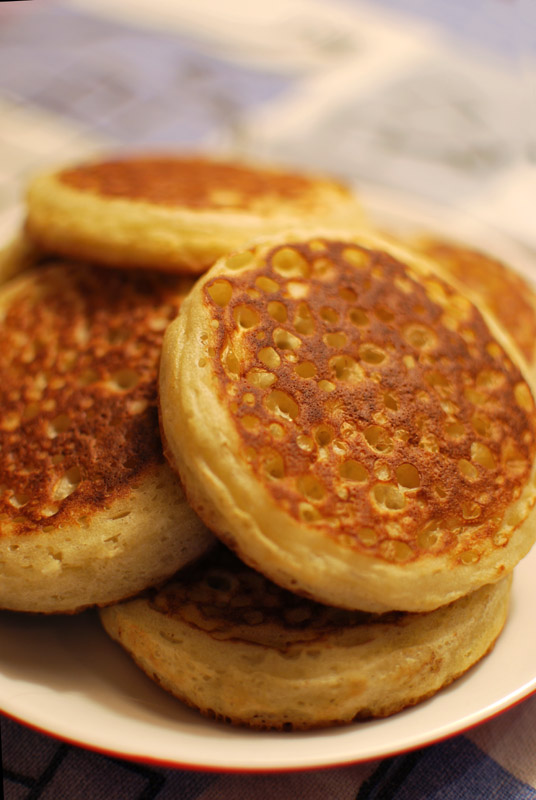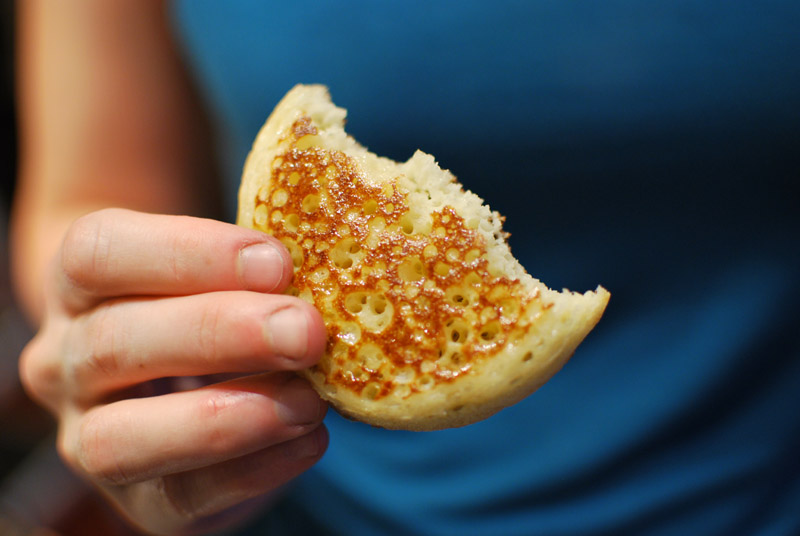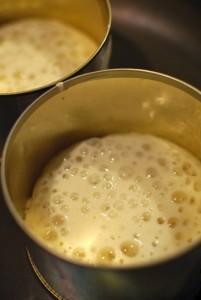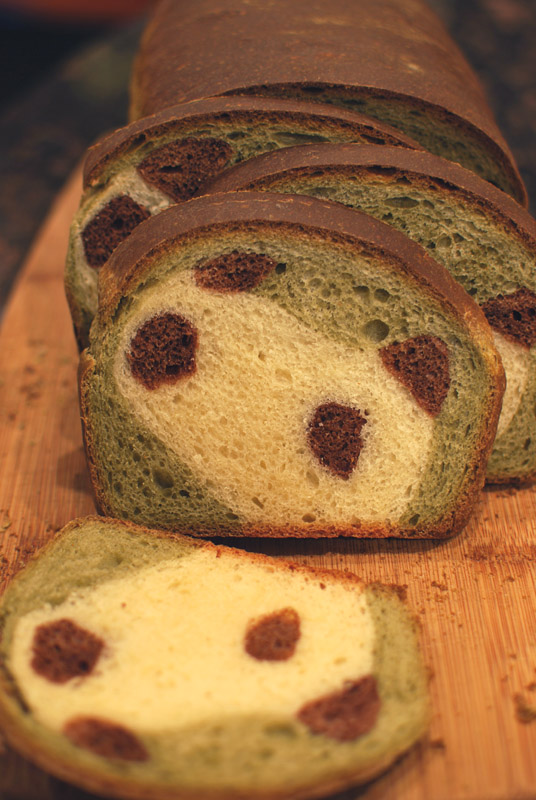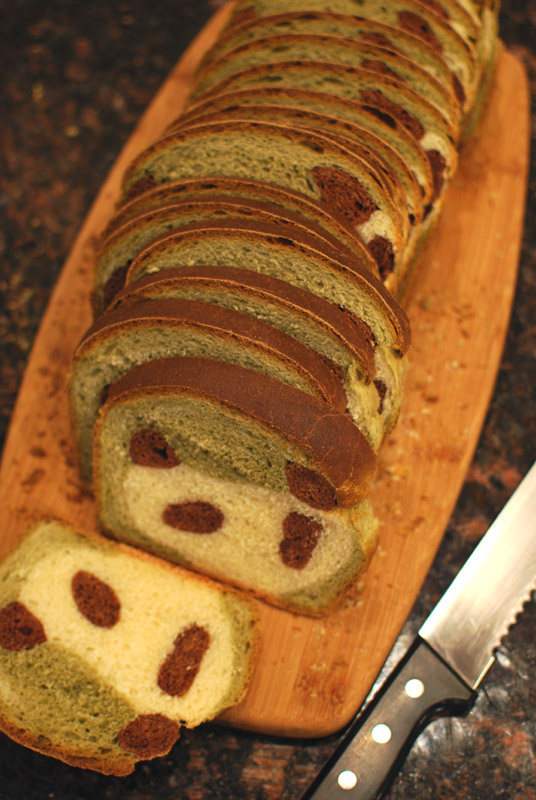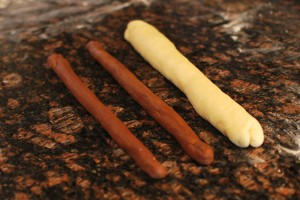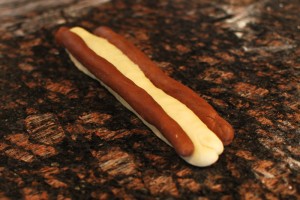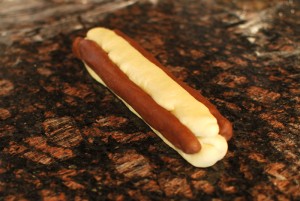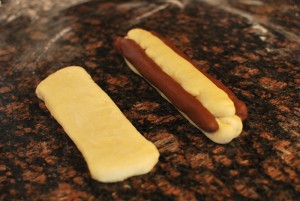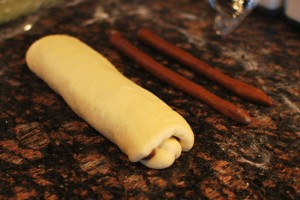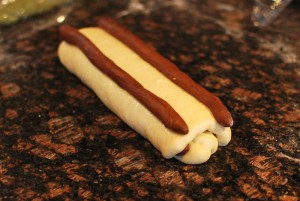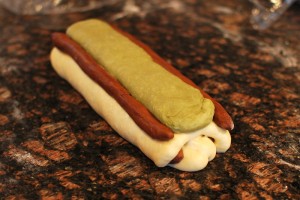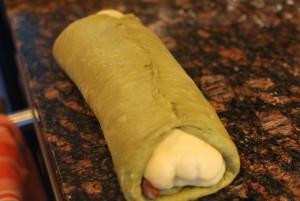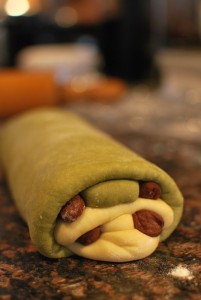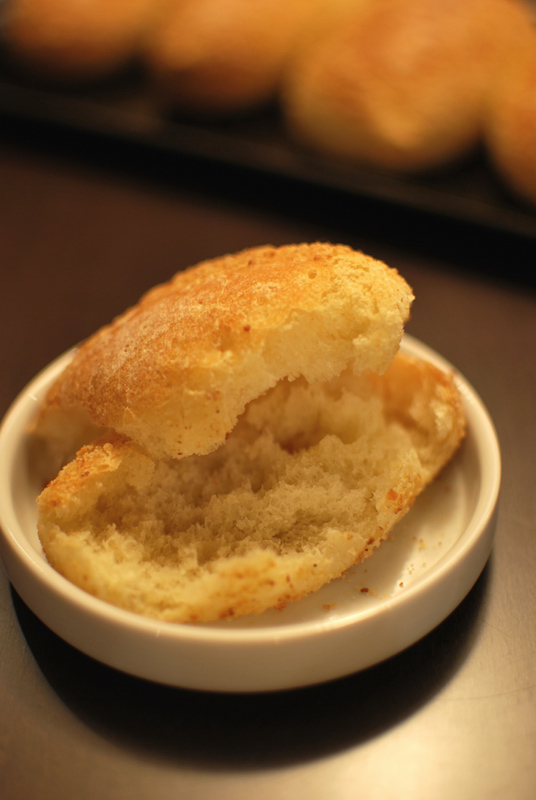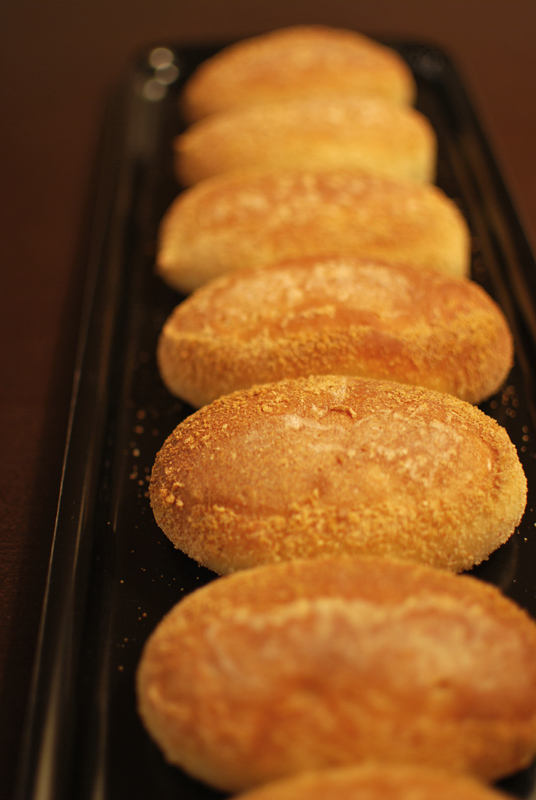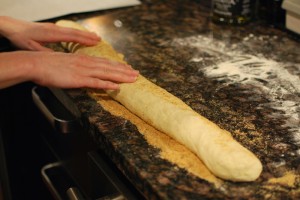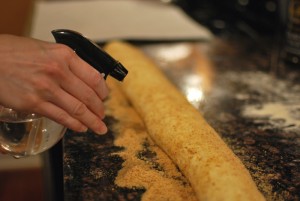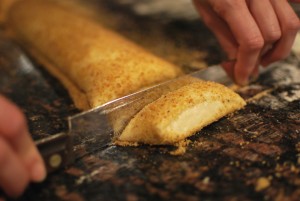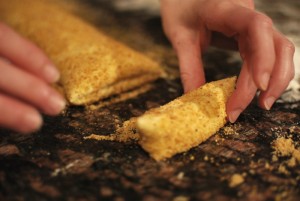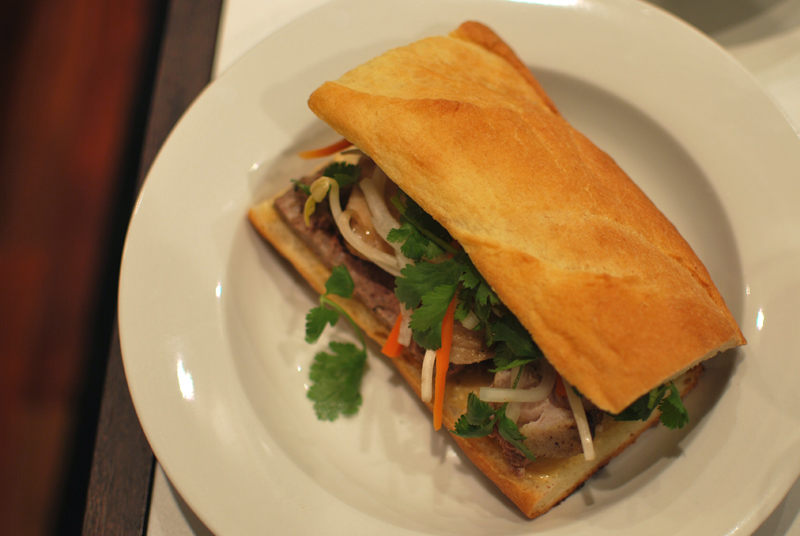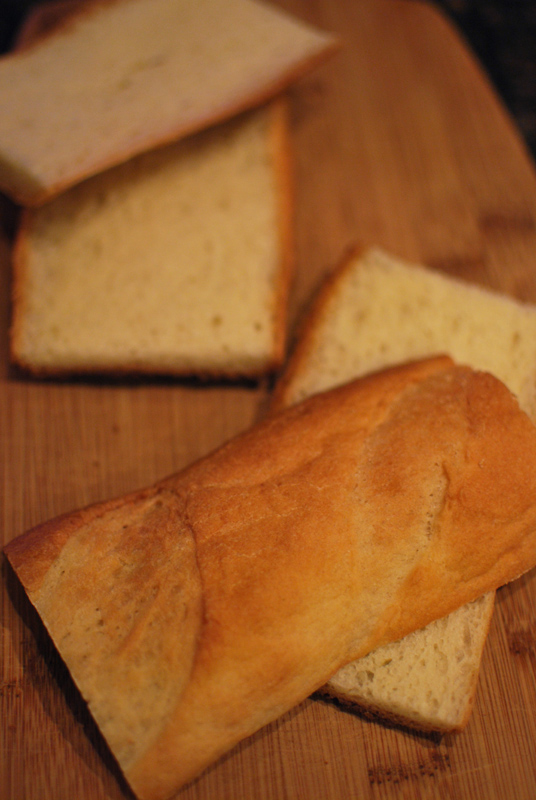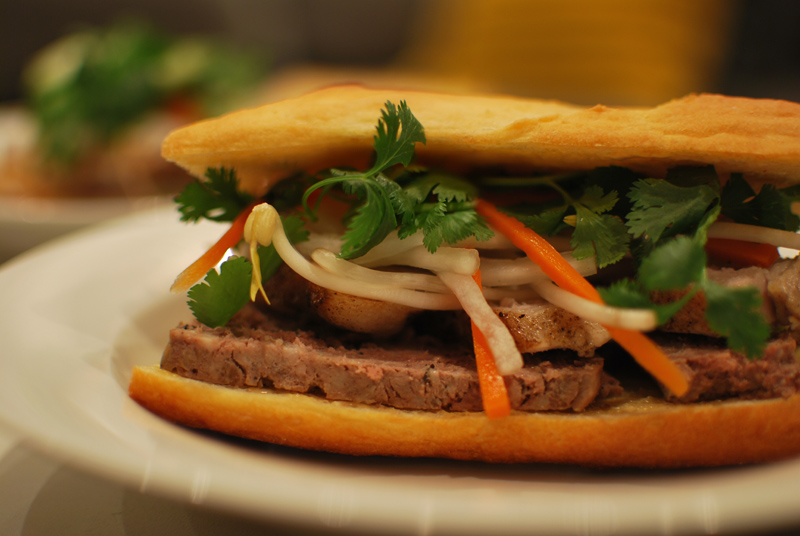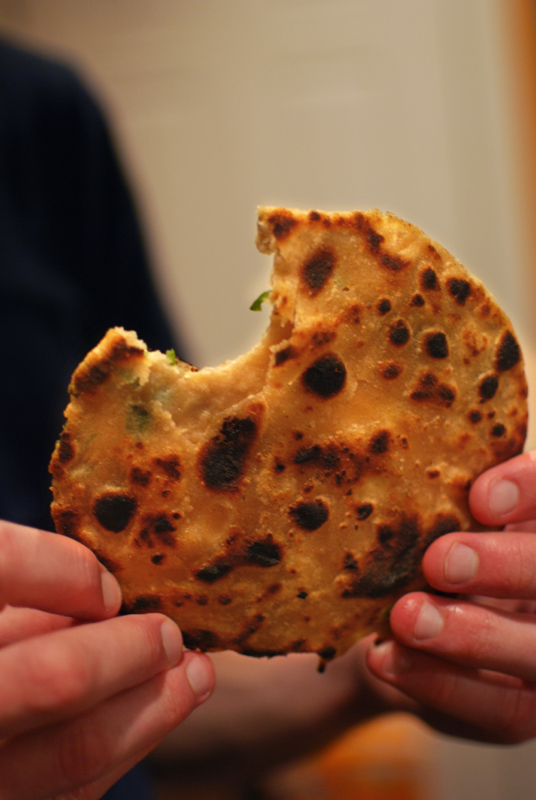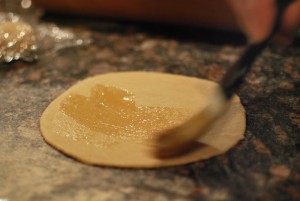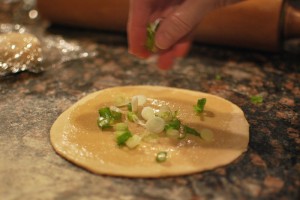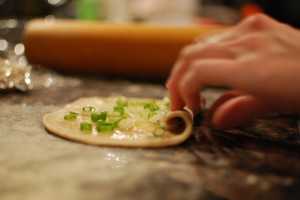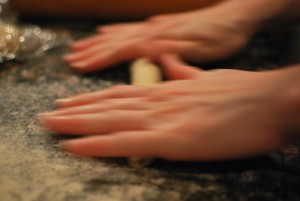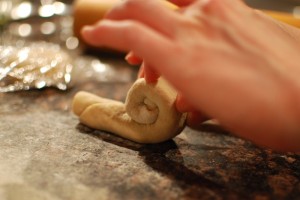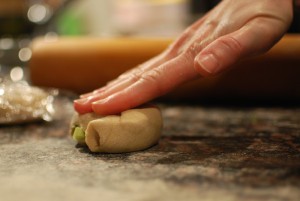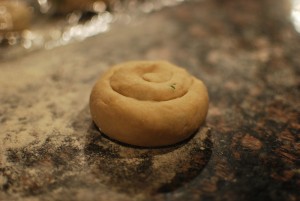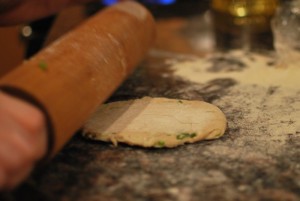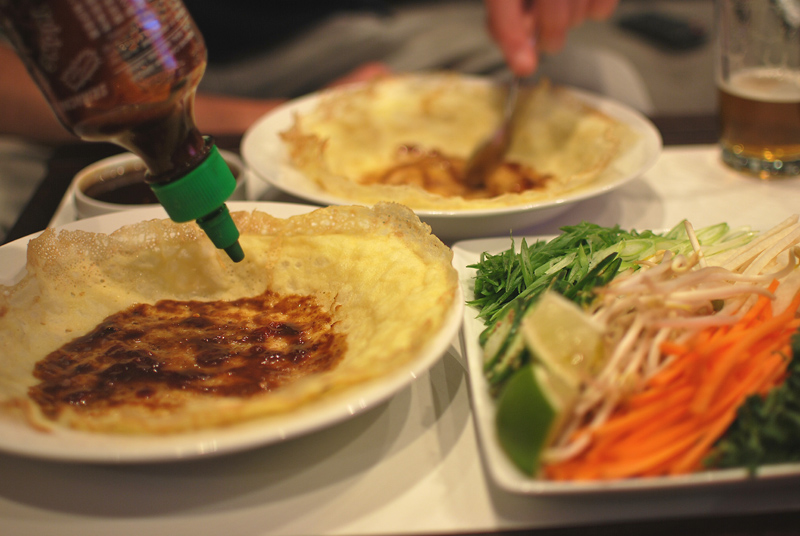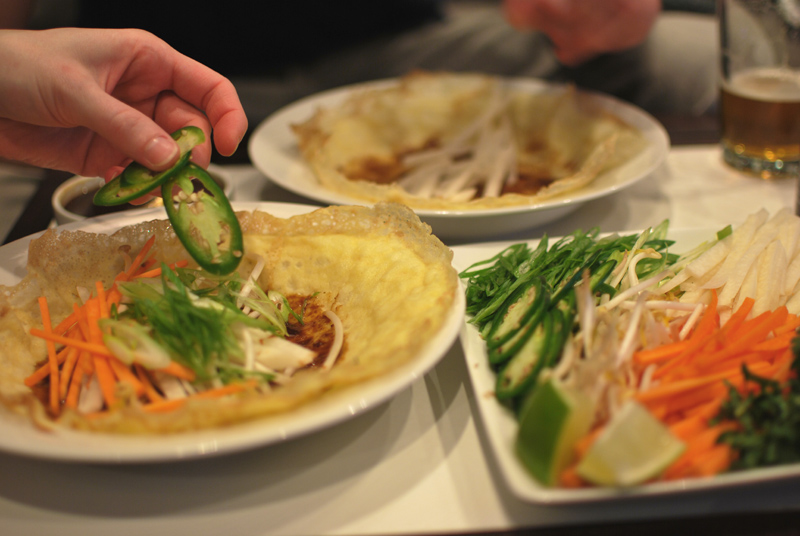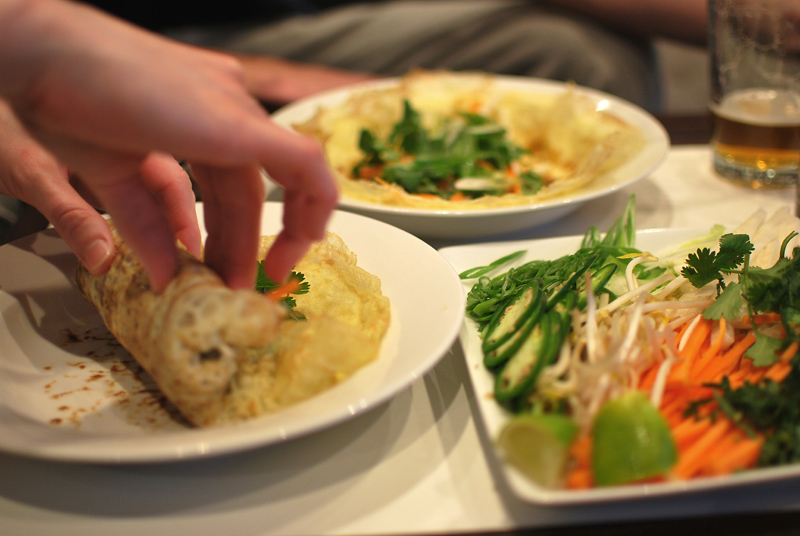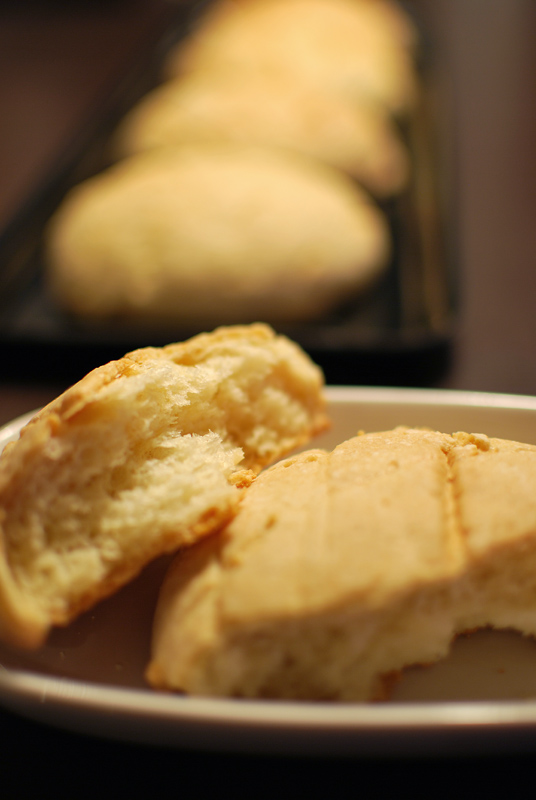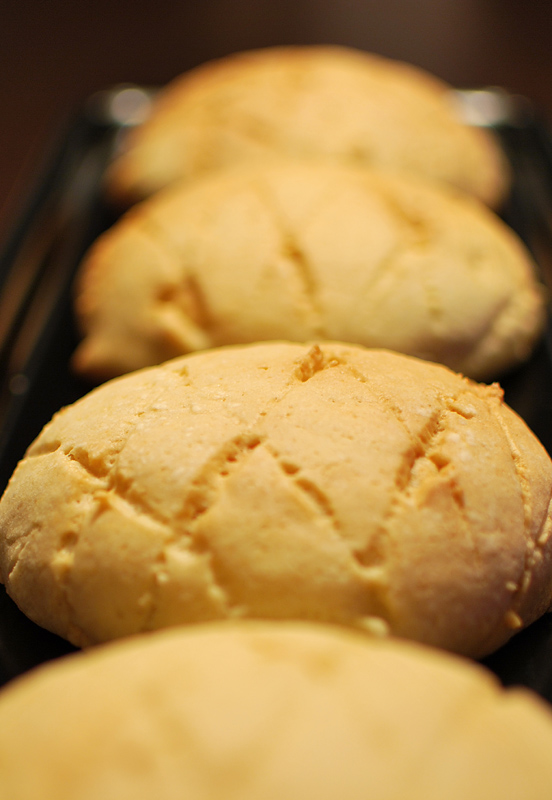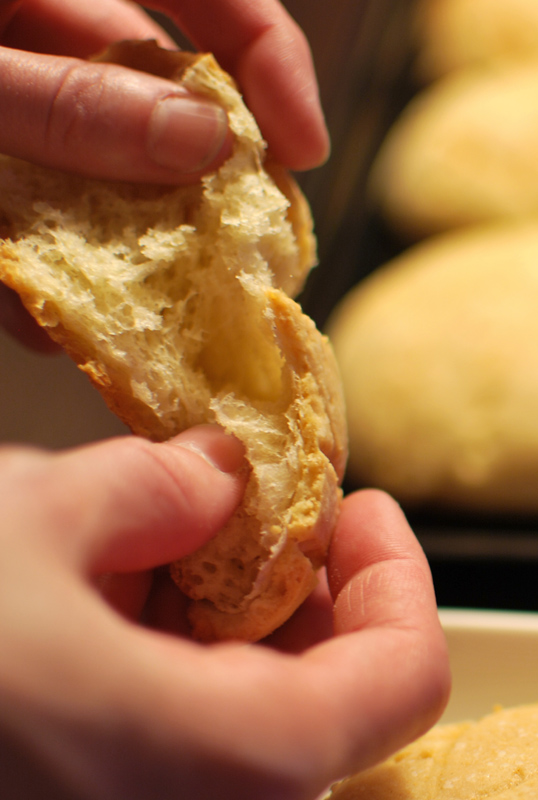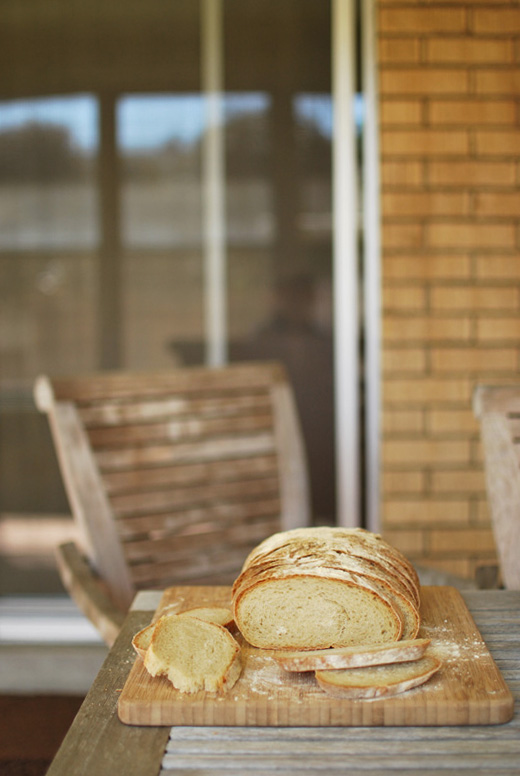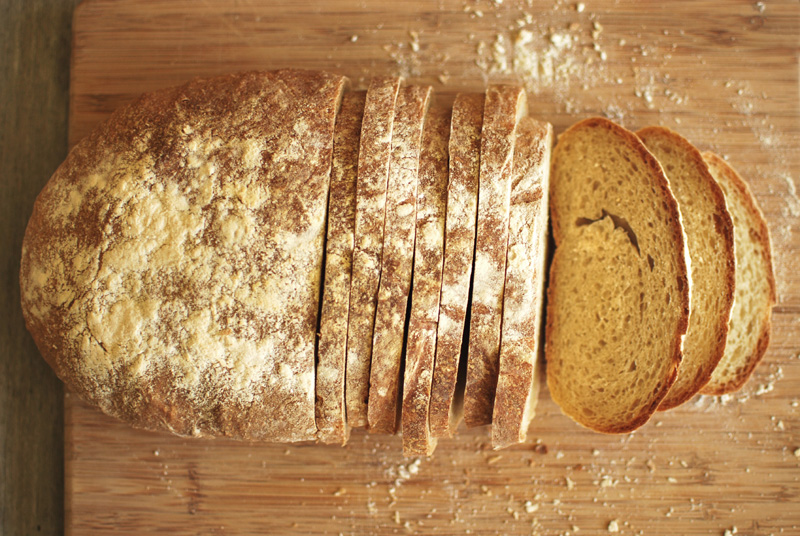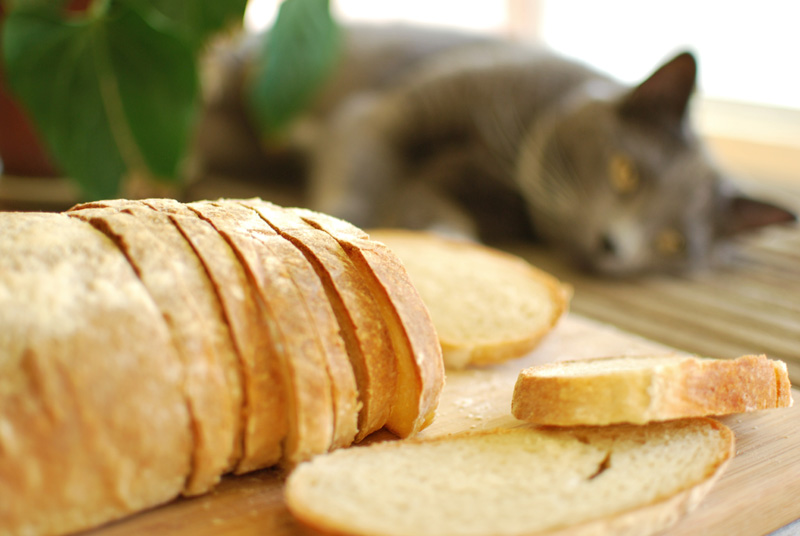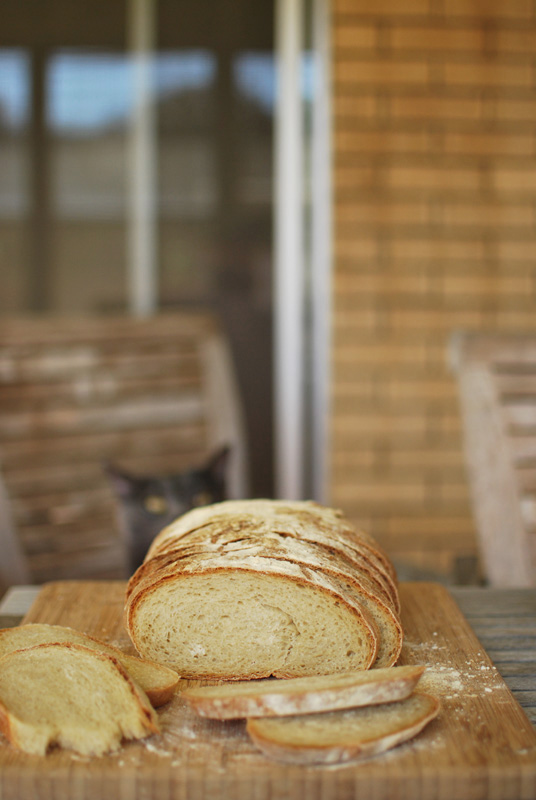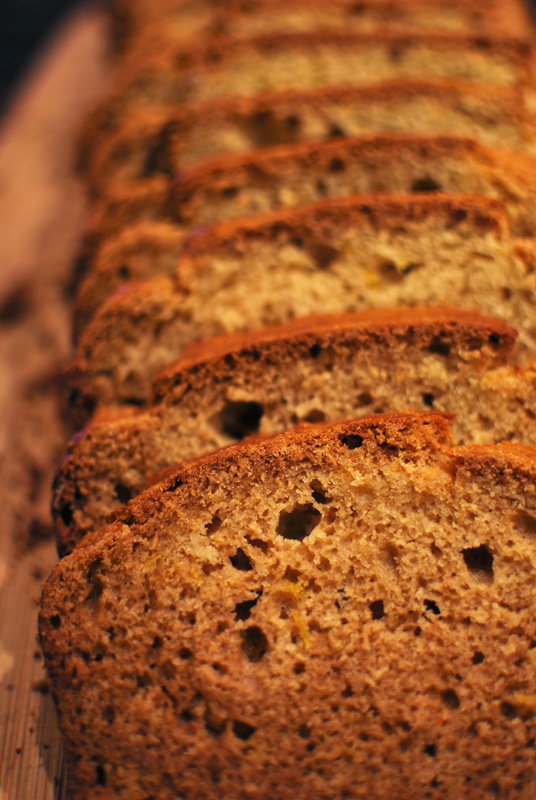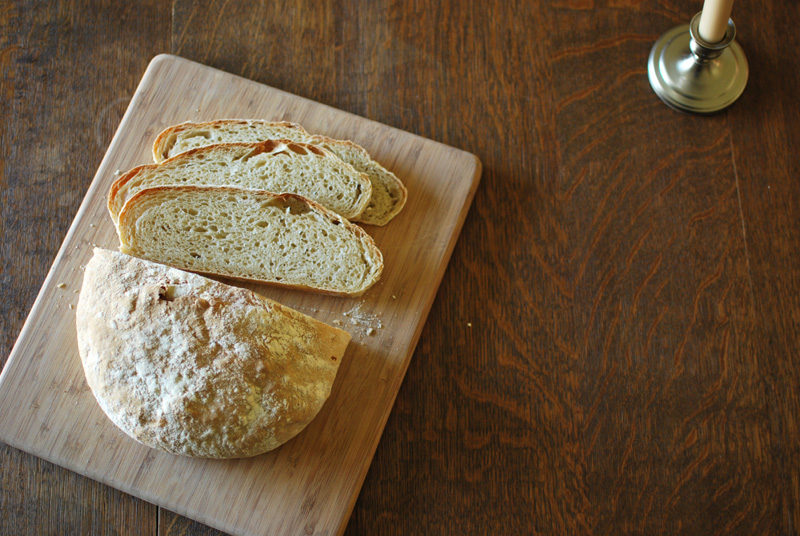Week Thirty-Six: Breads of the United Kingdom
In picking weekly themes, I’ve tried to select a good mix. I have attempted to avoid too-similar themes from one week to the next, keeping things from getting too much in a rut. But after consulting my calendar this weekend, I realized that I’m getting down to the wire. I have only 15 more themes to select, and there’s probably going to be some that get left out.
An easy theme to research and find recipes for is “Breads of Such-And-Such Nation Or Region”, as every country in the world has some sort of bread tradition, and they’re all still somehow unique. I still have at least 10 of those on my “to-theme” list, and they all fascinate me. Ergo, there will henceforth be occasional back-to-back National Theme Weeks, starting today, when I follow up East Asian Bread week with Breads of the United Kingdom. I hope you will find it in your hearts to forgive.
It seems at first like a massive shift in consciousness, to go from discussion of the Far East, with all its mystique and relative unfamiliarity, to talk of the United Kingdom, comfortable and easy as a stroll through an English garden. But it’s not so far-fetched as it appears, as the conversation at hand is about bread. Bread of East Asia was brought there by Western colonialism, which was practically turned into an art form by the British. (Perhaps a sadistic art form, lest you think I condone such things; but an art form nonetheless.) I find it somehow fitting, then, to begin this week with the crumpet, a bread thoroughly associated with tea, part of the reason for that colonialism in the first place.
If you’re unfamiliar with a crumpet, it’s an airy and tender bread, cooked in metal rings on a hot griddle. Some compare it to an English muffin, which is cooked on a griddle as well; but the two could hardly be more different. Crumpets are made with a relatively thin batter, while English muffins are made from a much stiffer dough.
This batter is leavened with yeast and (usually) baking soda, resulting in a deeply flavorful and very light bread. The thinness of the batter means that air bubbles form much more easily while cooking, and give the crumpet its characteristic cratered surface. Because of the additional moisture, crumpets end up a bit softer, almost cake-like, in the crumb than English muffins, which can taste a bit dry.
Crumpets are typically served toasted, like English muffins, but are left whole, whereas English muffins are split horizontally, and become crisp when toasted, while English muffins turn crunchy. Both are equally delicious served with butter and jam, however, and both make an ideal accompaniment for an afternoon cuppa. To pick a favorite would be like picking children.
I’m not entirely certain why English muffins are so much more popular than crumpets in the USA, but it’s undeniably true, and rather a shame. As much as I love a good English muffin, I definitely prefer crumpets; the complex flavor of a wet, yeast-leavened dough, cooked quickly until crisp, and topped with a pat of creamy butter that melts happily into the tender crumb is much more my preference. Add a dollop of a well-made preserve and a lazily-steaming cup of tea, and it’s nothing short of exquisite.
While cooking crumpets, do not be tempted to overfill the rings. They may not look as tall as the ones you find in stores, but they won’t cook evenly if there is too much batter. The top of the batter should be set before flipping them over; otherwise, the cratered top will be ruined. And without those deep air pockets in the bread, how will you catch the rivulets of melting butter, the best part of eating a crumpet? You’d have to split it open then, in which case you might as well be eating an English muffin.
Crumpets
Makes about 20
1 cup milk, at room temperature, plus extra as needed
1 egg, at room temperature
1 tablespoon unsalted butter, melted and cooled slightly
4 ounces (about 1 cup) cake flour
1 tablespoon sugar
3/4 teaspoon kosher salt
2 teaspoons instant yeast
3 ounces (about 2/3 cup) unbleached bread flour
1/2 teaspoon baking soda
Additional unsalted butter, melted and cooled, for brushing
1. In a medium bowl, whisk together the milk, egg, and butter. Add the cake flour, sugar, salt, and yeast; whisk until smooth. Whisk in enough of the bread flour to create a batter about the consistency of buttermilk pancake batter. Cover tightly with plastic wrap, and let stand at room temperature until very bubbly and nearly doubled in size, about 1 hour.
2. When ready, whisk in the baking soda. If the batter looks too thick, add a little extra milk to thin it. Heat a nonstick pan or griddle over medium to medium-low heat until hot but not smoking. Brush liberally with melted butter the insides of as many 3-inch crumpet rings as will sit flat on your cooking surface (see note 1 below).
3. Place one ring on the heated cooking surface, and test the batter by filling the ring with 2 to 3 tablespoons of batter. The batter should bubble within 1 minute, and the top should set after 2 to 3 minutes; the bottom should be a deep golden brown. If the batter does not bubble within 1 minute, your pan may not be hot enough, or your batter is too thick (thin with additional milk). If the bottom is too dark before the top has set, the pan is too hot. When the batter is the correct consistency and the pan the correct temperature, proceed with the remaining crumpet rings and batter.
4. Fill each well-buttered ring with 2 to 3 tablespoons of batter. When the top of the batter has set (it will look dry), remove the ring and flip the crumpet over.
Cook for an additional 60 seconds, or until the top is just golden brown. Remove to a wire rack to cool while cooking the remaining batter.
5. To serve, toast the crumpets under a hot broiler until crisp. Serve with butter and jam (and clotted cream if you’re feeling truly posh).
Notes:
1. Crumpet rings can be found at specialty gourmet stores, if you really have a burning desire to have a matched set. I found that tin cans opened at both ends did a beautiful job, releasing perfectly every time from the batter, whereas my biscuit cutter stuck to the batter. I found that water chestnut cans were the perfect size, and actually open on both ends (unlike the much-touted tuna cans).
2. This batter, once whisked together, could certainly be put in the refrigerator overnight, in order to have crumpets first thing in the morning.
3. Crumpets may be frozen, wrapped well in plastic and aluminum foil, then heated unthawed under a moderately-hot broiler before serving.

